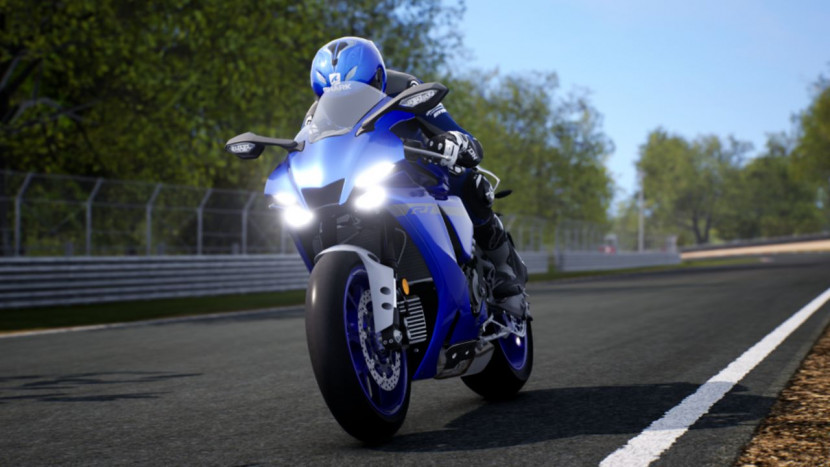

A minor annoyance is that it doesn’t take advantage of the PlayStation Activities system very well. When scrolling through the long list of bikes, there’s now less than a second wait for them to pop into existence now, compared to the few seconds it takes on PS4 Pro.
#PS5 RIDE 4 PRO#
From the point of clicking “Go to Track” from the main menu, it took 35 seconds to load a race at Magny-Cours on PS4 Pro (which is already fairly respectable), but this was slashed down to just 8 seconds on PS5.


Hopping into a race is, as you’d hope, faster than ever before with the PS5’s SSD. If you’re someone that races in first person, you might be disappointed by the low detail environments found in the wing mirrors – the rest of us will only notice this when spinning the camera in the dealership or your garage – but the rest of the game is a big step forward in terms of clarity, no longer sacrificing resolution to get the more palatable frame rate, and revealing more detail in the environments you’re racing through. The breadth of what the game has to offer is still a real highlight, and all of the 204 bikes look fantastic, though still leaning on regular rasterised reflection techniques like screen-space reflections and so on. That meant it was also necessary to have tyre wear added to the handling model, fuel usage, engine modes, pit stops, and, of course, endurance bikes with which to race. It enabled them to build in fully dynamic weather, a 24 hour day-night cycle, and then use that to bring full-on endurance racing into the series for the first time. Having adopted Unreal Engine 4 several years ago now, Milestone sought to use the game engine’s flexibility to its fullest in Ride 4, taking several major steps beyond its predecessor.


 0 kommentar(er)
0 kommentar(er)
